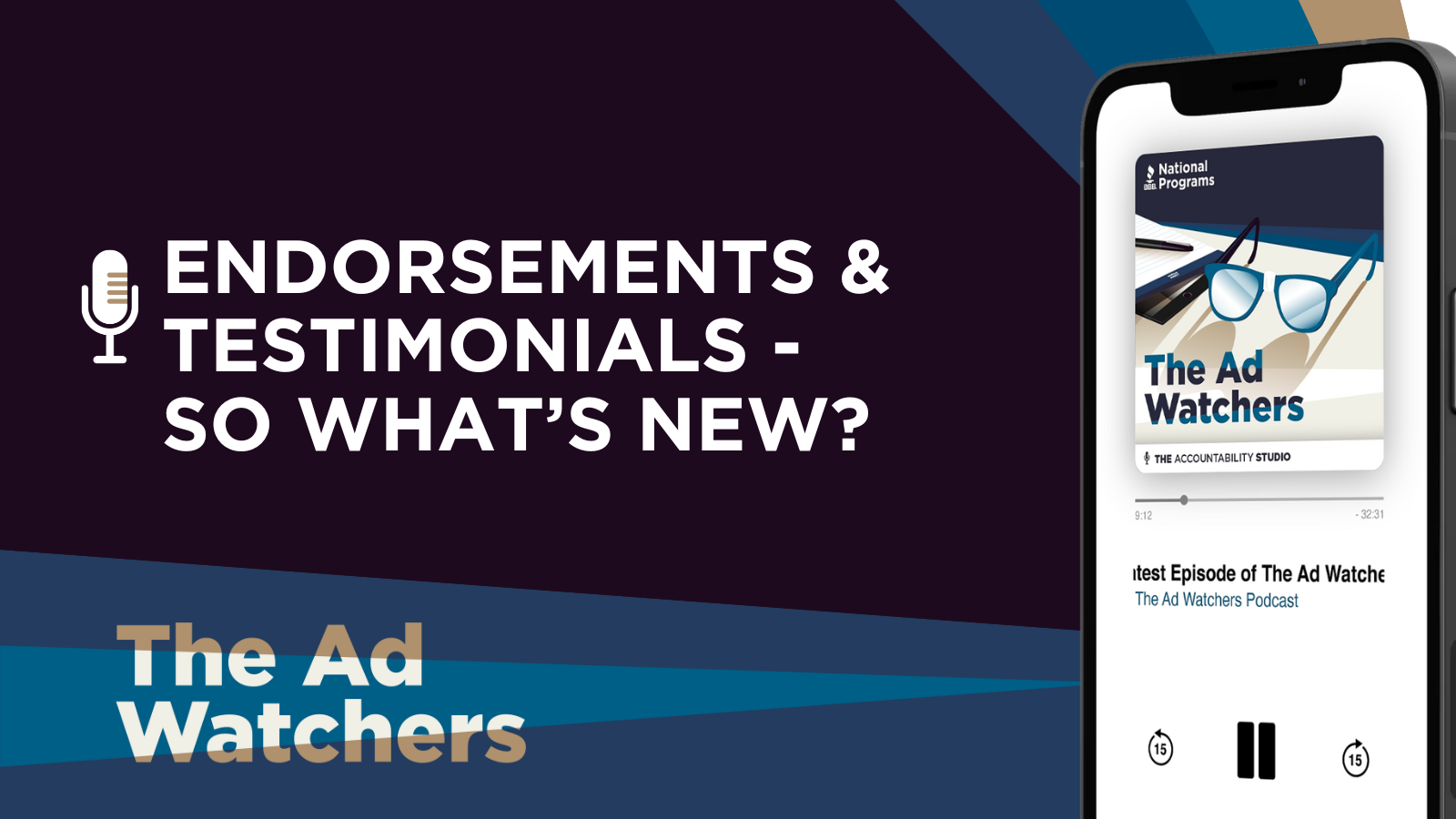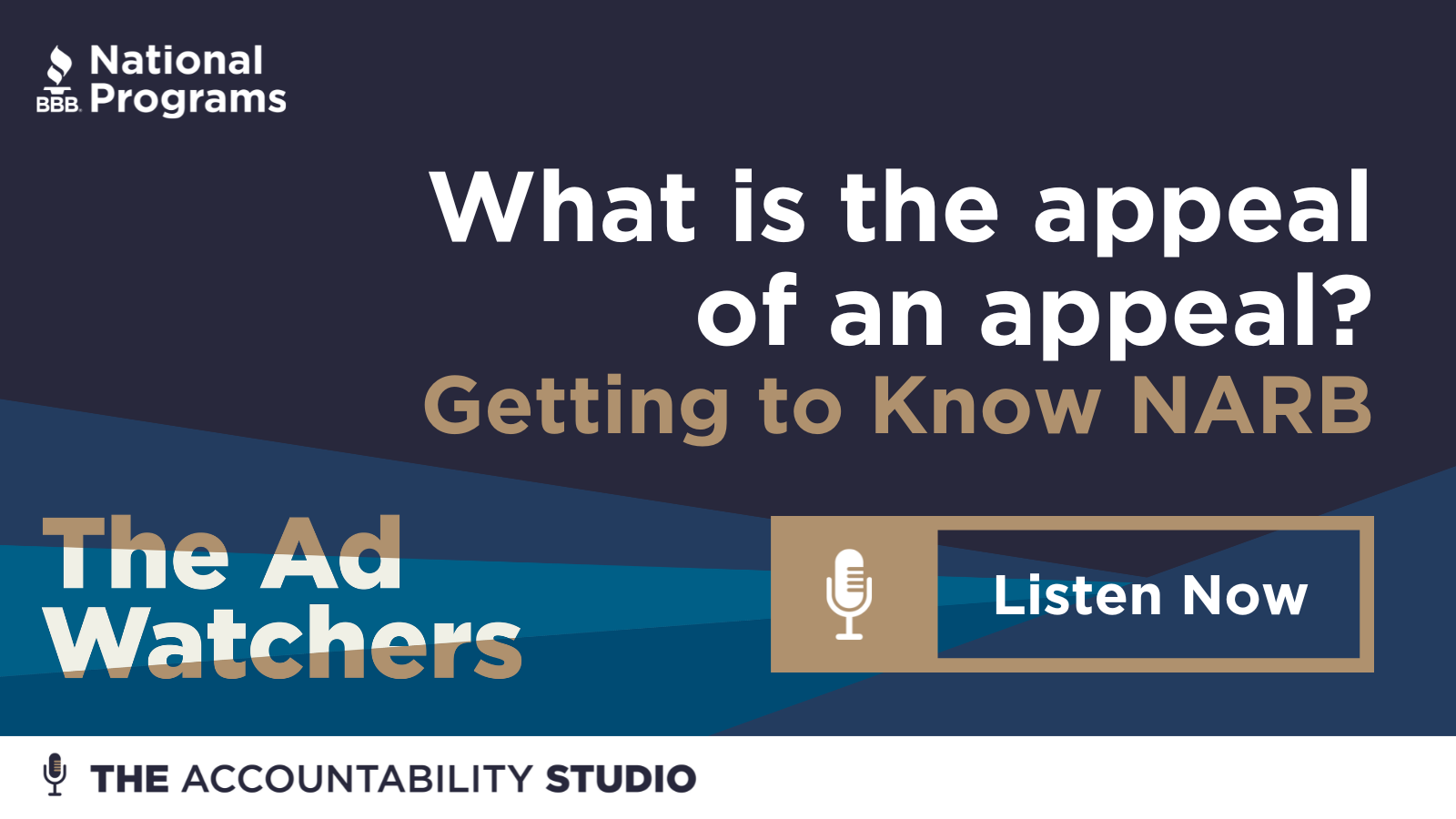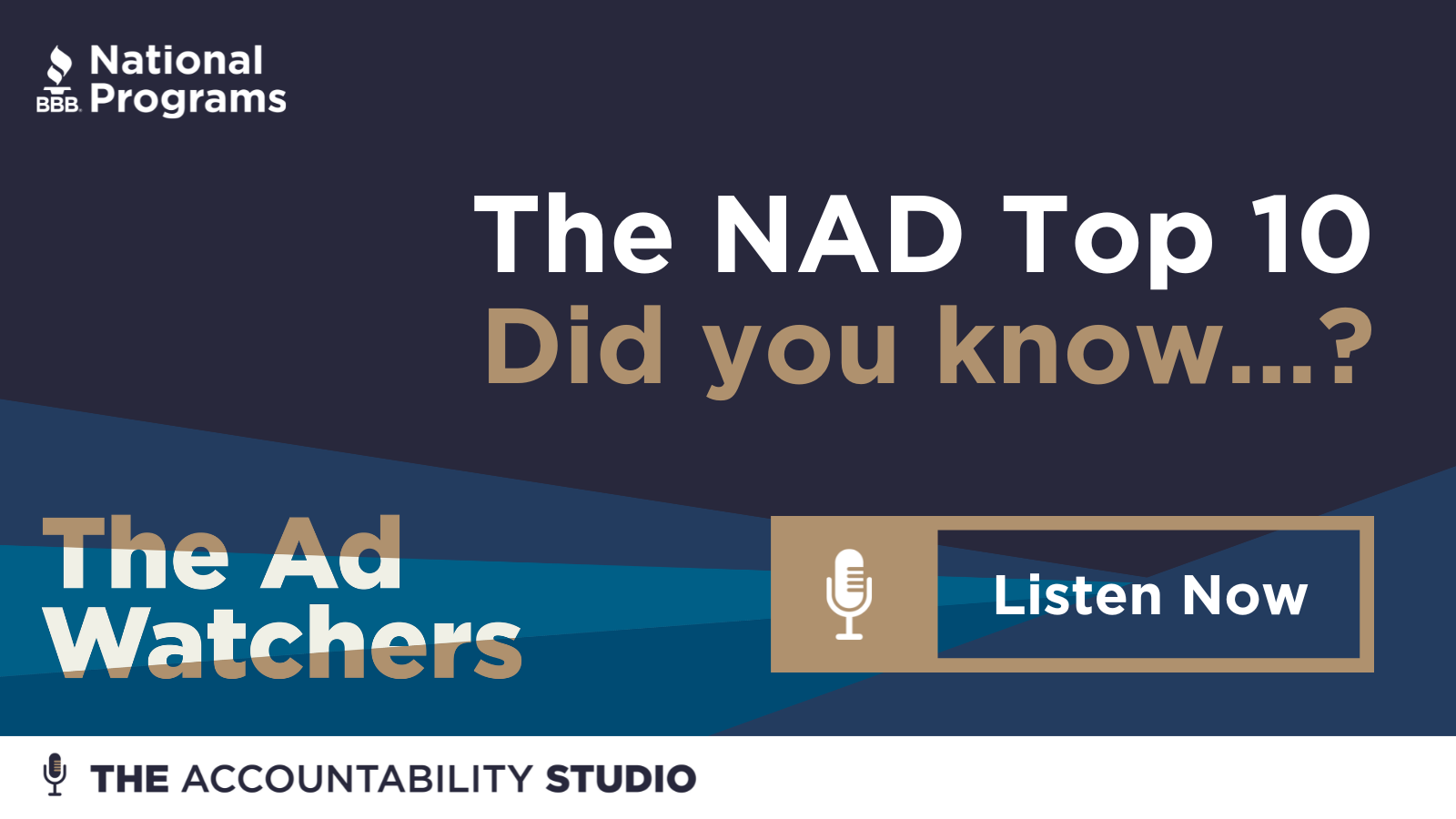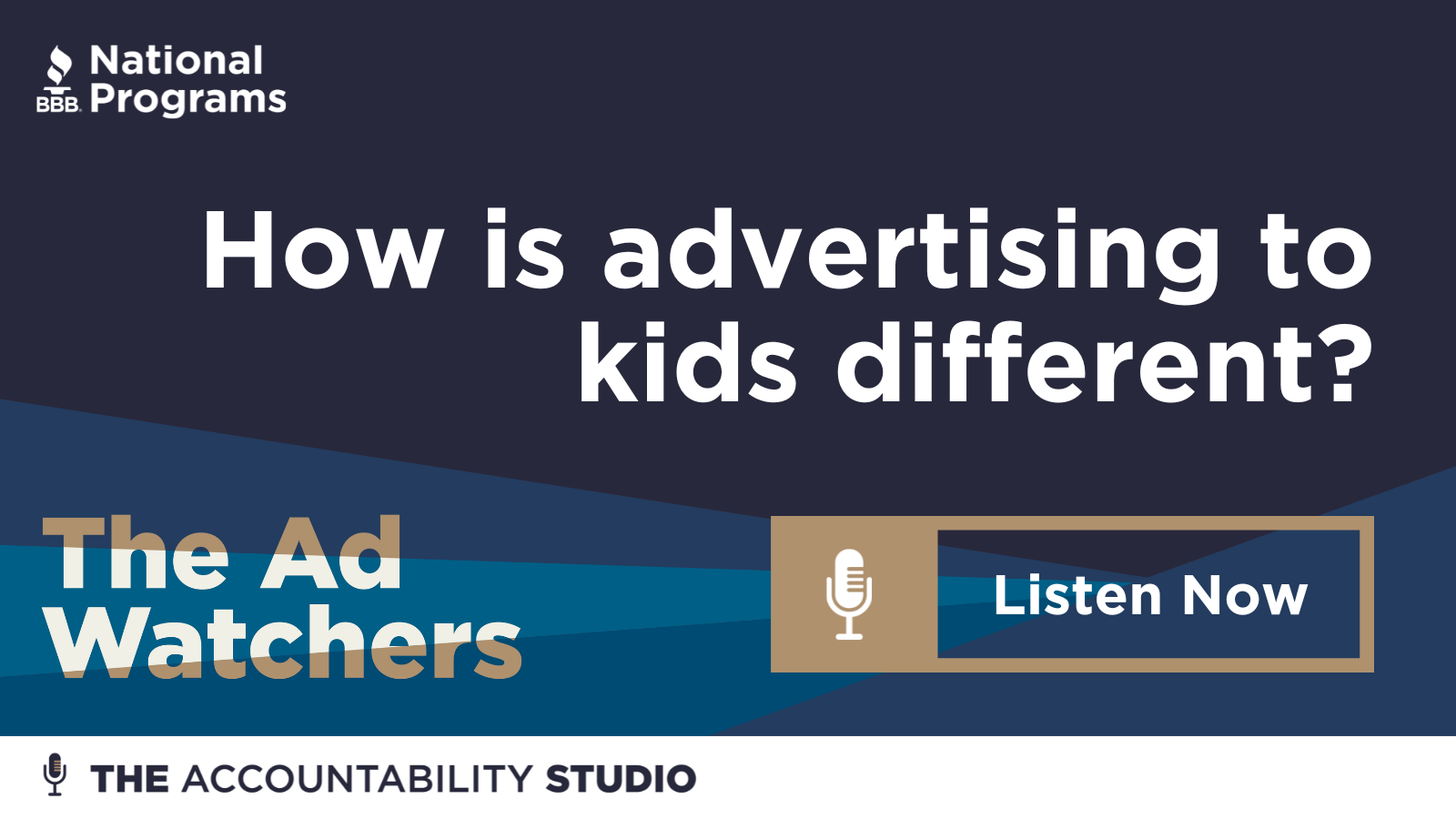Podcast (adwatchers): Play in new window | Download (Duration: 21:03 — 29.0MB) | Embed
Subscribe: Apple Podcasts | RSS
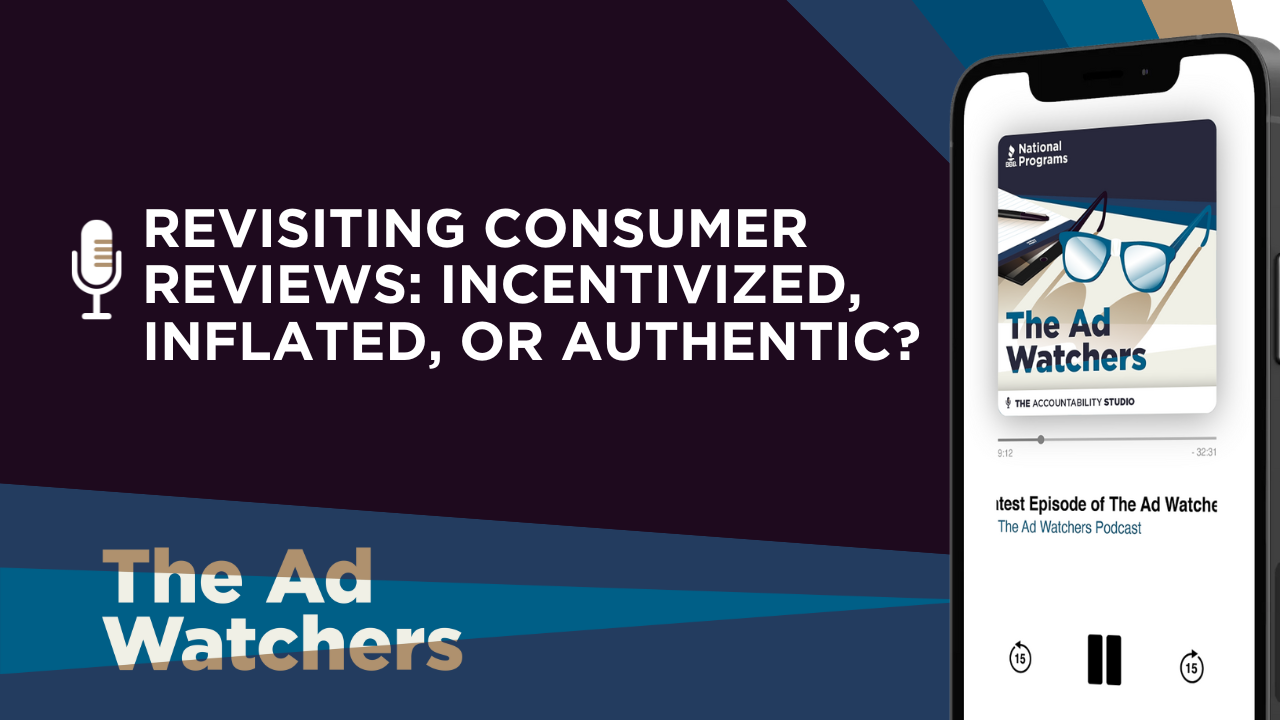
In this episode of Ad Watchers, the hosts discuss the topic of consumer reviews and the actions taken by the National Advertising Division (NAD) to ensure their accuracy. They highlight several recent NAD cases related to consumer reviews, including challenges to claims made by Proz hair care products, MyPatriot Supply, Goose Creek candles, and Dr. Squatch. The hosts also provide tips for advertisers on collecting and using reviews, such as ensuring reviews are representative, disclosing incentives, and not inflating star ratings.
Key Takeaways
- (00:30) Consumer reviews have become an important part of the purchasing process. In the digital age, consumers heavily rely on reviews to inform their buying decisions. The feedback provided by other consumers offers valuable insights into product quality and performance.
- (6:45) NAD has been actively involved in reviewing claims related to consumer reviews. The National Advertising Division (NAD) diligently scrutinizes advertisements that make assertions based on consumer reviews. NAD takes decisive action against advertisers found guilty of disseminating deceptive or misleading claims.
- (9:10) Advertisers should not take actions that distort or misrepresent consumer opinions. Distorting or misrepresenting consumer opinions, even if disguised as endorsements, erodes trust and damages brand reputation. Upholding integrity in representing consumer sentiments is paramount for fostering long-term relationships and brand loyalty.
- (18: 58) Advertisers should be mindful of how reviews are collected and counted. Advertisers must ensure that the methodology used for collecting and tallying reviews is transparent and unbiased. It’s crucial for reviews to accurately reflect the sentiments of the target demographic to maintain credibility
- (19:34) Incentives for reviews should be disclosed, and star ratings should be representative. Transparency regarding incentives for reviews is essential to maintain trust and credibility with consumers. Star ratings should accurately mirror the overall sentiment of all reviews, providing an unbiased assessment of product performance.

